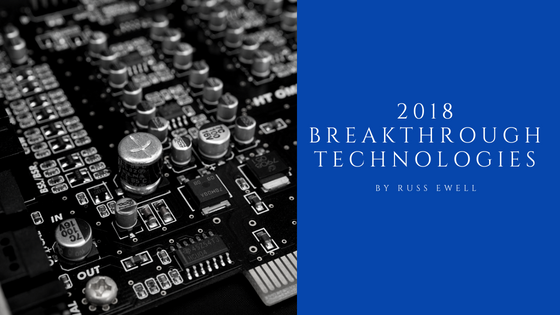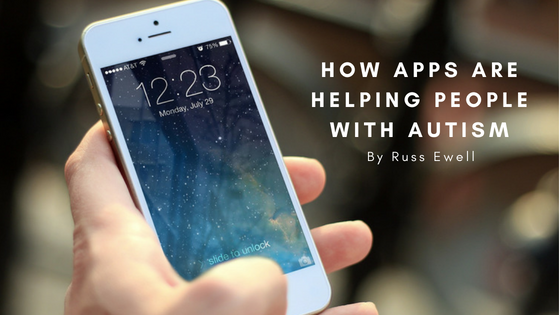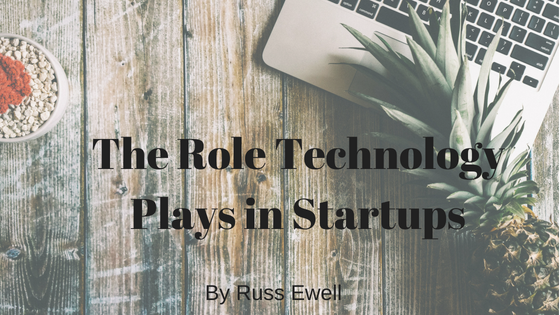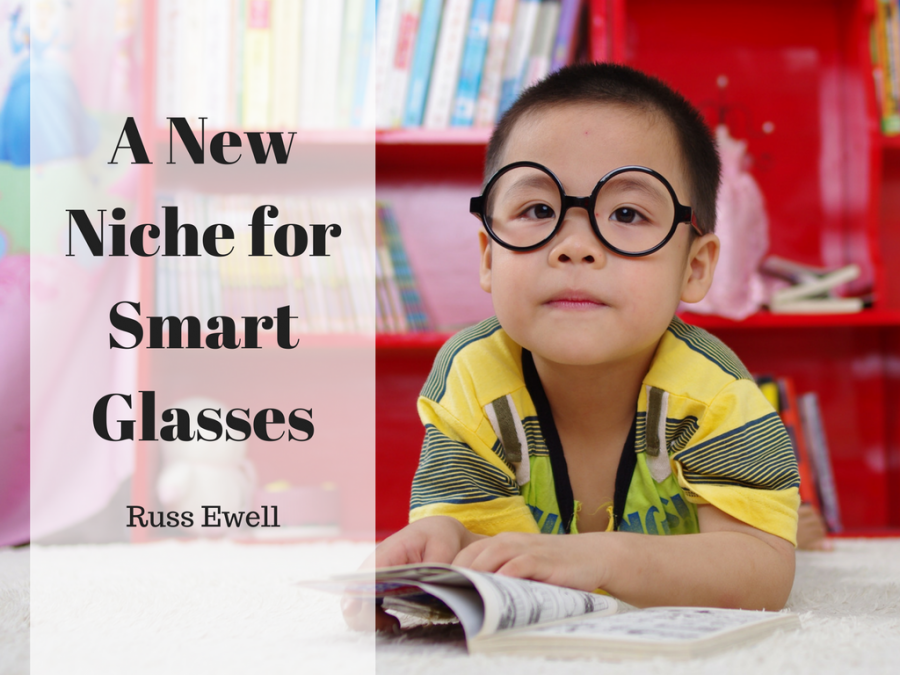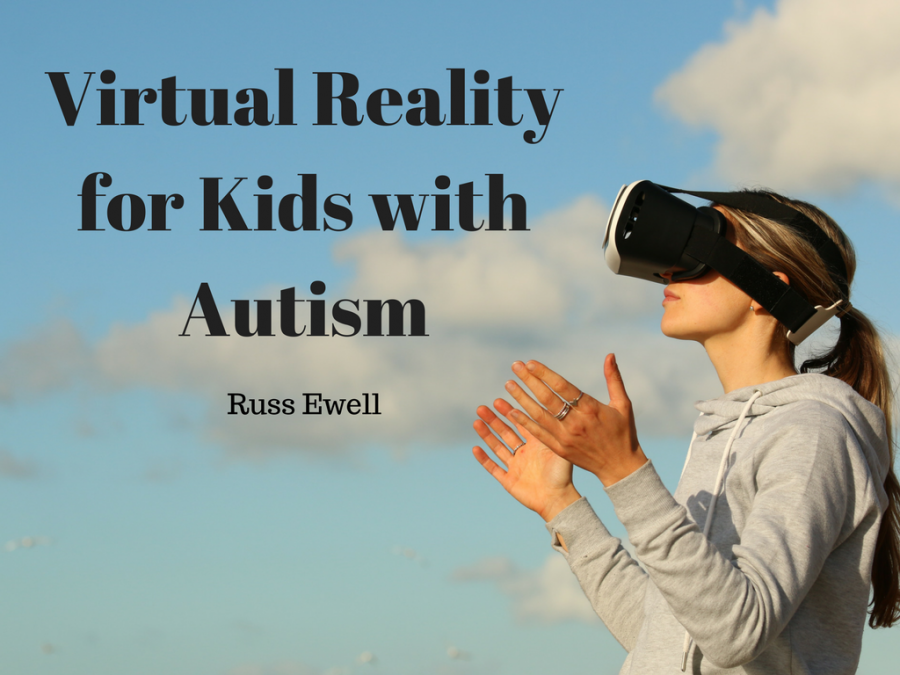As the world moves faster and faster, new breakthrough technologies emerge that continue to change the face of the planet. Some of these technologies have more substantial effects than others, altering the way we communicate with each other, interpret our reality, and achieve everyday feats. Here are some breakthrough technologies of 2018 that you need to know about:
3D Metal Printing
For as long as the industrial world has existed, creating physical objects required massive amounts of resources, machines, and human resources. However, with 3D printing, everything is changing. It is putting the power of creating entirely new products in the hands of everyday people and consumers. Only time will tell, but it could spell the end of the manufacturing stronghold that a few companies have and release the ability to make anything from nothing to masses.
AI Customer Experiences
Expect to see unique customer experiences that are in real time as the neural network and AI grow more intelligent. Eventually, AI could appear to be a real person that you are communicating with across the internet or even over the phone. This is due to the complex learning algorithms that AI has been leveraging to allow them to engage in higher-level patterns that people use in daily communication. It will enable businesses to anticipate user needs on a new level and could provide more convenience for everyday consumers than ever before.
A Sensing City
In the city of Toronto, along the waterfront Alphabet (Google’s parent company) is quietly building a unique urban town from the ground up. It isn’t like any other city. Instead, the buildings and the landscape have built-in sensors that detect things like pollution and noise levels to determine the quality of life in the area. Then, they will use this data to create an environment that is more comfortable and desirable to live in, appealing to all the senses.
Zero Carbon Natural Gas
Carbon is one of the most significant problems with the environment today. As more of it is released into the atmosphere, it reduces the Earth’s natural protection from the sun. New zero carbon natural gas promises to eliminate this issue once and for all.
When it comes to technology, digital innovations like the internet have enabled even more creativity to unfold. The inventions above are just the tip of the iceberg of the incredible technology to keep an eye out for this year and beyond. But they are something that could take humanity in a new, and beneficial direction for ages to come.

